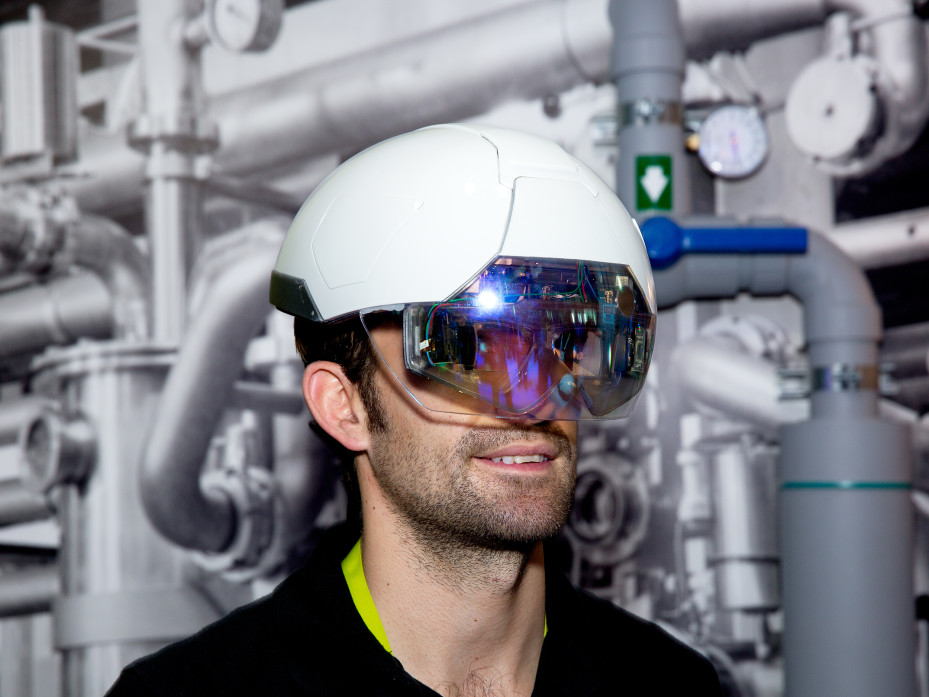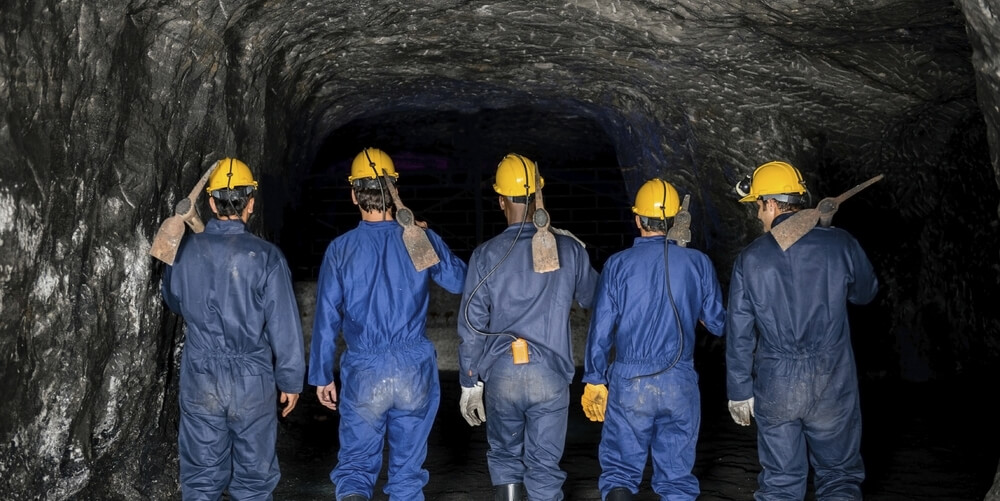ABSTRACT:
A classic model of the smart helmet has been developed for the mining industry in order to detect hazardous events in the mining environment. The developed prototype is able to sense the quality of air, humidity, removing the helmet by miner, and crash of an object on head.
The air quality is determined by the saturation level of the dangerous gas such as carbon monoxide. The removal of helmet by miner is also considered as one of the unsafe event and it is detected by using Infrared (IR) sensor.
The crash of an object on head is determined using pressure sensor. According to head and neck injury criteria, if the force excreted on head exceeds 34 psi, it is considered to be a hazardous.
Implementation consists of two modules the helmet module and reporting(or monitoring) module.The helmet module includes ARM7 micro controller in conjunction with various sensors and ZigBee, while reporting module includes ZigBee at the receiving end and raspberry pi controller.
An automated e-mail alert generation system is also developed in a reporting module of proposed system, it generates and delivers an automated alert e-mail to authorized personnel, if a miner has experienced hazardous event.
SYSTEM ARCHITECTURE
The proposed system architecture is shown in figure 1; it includes helmet section and monitoring section. The helmet section has a sensor network which includes the sensors like gas sensor for hazardous gas detection, in our case; it detects carbon monoxide concentration, an Infrared (IR) sensor to detect the removal of helmet by the miner.
Pressure sensor is used to detect the fall of an object on the miners head and humidity sensor to check the humidity of the mining environment. Data processing module (ARM7 LPC2148) collects the sensed data and alerts the particular miner who has encountered the hazardous event.
Air Quality Sensor:
In coal mines, air pollution is primarily caused by the discharge of particulate matter (atmospheric pollutant) and a gas consists of methane (CH4), sulphur dioxide (SO2), and nitrogen oxides (NO2), in addition to carbon monoxide (CO). When humans are exposed to these toxic gases, it could cause negative response on their well-being.
Helmet Removal Sensor:
To recognize whether a mine worker has removed his protective helmet or not, a helmet removal technique based on infrared ray sensor is used. An Infrared sensor is laid out to transmit a continual signal from one end , if the signal is obstructed, then it means that the miner is wearing a helmet else he is not wearing it.
Collision Sensor:
In order to detect strike of on object on miners head and its severity, a pressure sensor is used. Pressure is nothing but force applied on an object per unit area, according to brain and neck injury criteria 25 psi (pound per square inch) of pressure on head causes moderate injury and 34 psi of pressure causes severe injury for head.
Wireless Transmission:
In order to communicate among various nodes ZigBee module is used, it is certified to IEEE 802.15.4 standards . Figure 2 shows the connectivity of ZigBee to ARM 7 micro controller (helmet section) and to Raspberry PI module (monitoring section).
Data Processing Unit:
The project is mainly divided into two sections; helmet section and monitoring section, ARM7 LPC2148 micro controller is used as a data processing unit in helmet section, it is a 32 bit 12MHz and 64 pin micro controller.
ARM 7 is a Reduced Instruction set Computing (RISC) based architecture, it means that it require significantly fewer transistor than the typical processor in average computers. This approach reduces the cost, heat dissipation and power usage.
Alerting unit:
Since the underground is very dark sites, the workers will be provided with a protective helmet with an inherent light in it. Considering the normal working condition in the underground mines, alerting the user about the hazardous event is a tough process. Alerting the miners about hazardous event with an alarm or speaker would not work asthey will be working with machinery that generates loud noise.
RESULTS AND DISCUSSION
Figure 7 shows the concentration of carbon monoxide gas in the environment. Here the graph is plotted with time versus carbon monoxide gas concentration . According to U.S. standards for carbon monoxide levels, 50 ppm of CO has no negative effects with eight hours of disclosure.
CONCLUSION AND FUTURE WORK
A prototype of intelligent mine safety helmet is developed that is competent to recognize various kinds of unsafe situations in the mining industries such as carbon monoxide gas accumulation, miner removing the helmet, and crash detection (situation where mines is collided by something on his head).
An IR sensor is used to check whether the miner has removed his helmet or not. Another hazardous event is determined as an accident where mine worker is collided by an it em against his head with a pressure surpassing a value of 34 psi (Head and Neck Injury Criteria value of 1000 ).
A pressure sensor was used to determine the force experienced on the miners head. If the sensor value exceeds that of 34 psi (234.6 KPa), then it indicates a miner has experienced a severe collision on his head. And hence with the help of pressure sensor we can determine the severity of the impact or collision on head. In order to conform that the system works according to the requirements specified, it was broadly tested. A couple of attributes of the system can be enhanced.
To increase more human interference and to enhance the signal range and signal strength an additional antenna can be added. To allow faster sensor data processing, the system processing speed can be enhanced. The infrared sensor can be tweaked to work just inside the safety helmet by not provoking due to internal reflections. The system can be enhanced by adding extra measuring equipment to check the worker’s heart rate and blood pressure.
Source: Bangalore Institute of Technology
Authors: Jagadeesh R | Dr. R. Nagaraja
>> Latest IoT Projects using Raspberry Pi for Engineering Students
>> Antenna Analysis using Signal Processing for Engineering Students
>> More Wireless Raspberry Pi Projects for Engineering Students
>> More Wireless Projects Using Zigbee for Engineering Students




